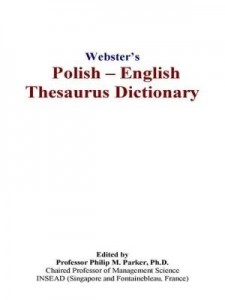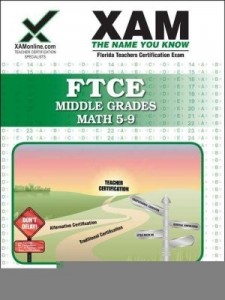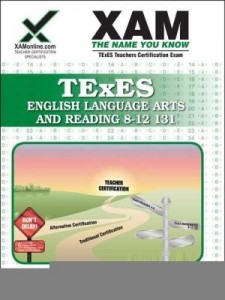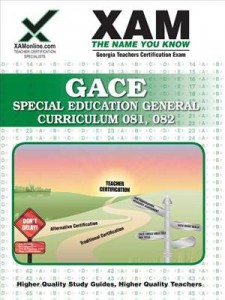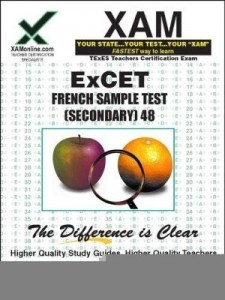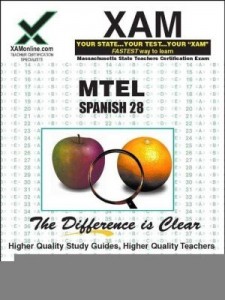While creating an English thesaurus for Polish speakers seems simple enough, it can be tricky. What's the problem? Translations do not always follow strict transitivity. Normally, if a=b and b=c, then c=a. This is not necessarily true in linguistics when b is an English word that has more than one part of speech. For example, 'test' is a verb, noun and adjective. What is the correct English synonym for 'a' (in Polish) when 'b' (in English) has synonyms ('c') having many parts of speech? Furthermore, what if 'a' (in Polish) is ambiguous and has several translations into English ('b')? This thesaurus embraces this ambiguity by giving as much information to the reader as possible. This was accomplished in two phases. In the first phase, maximum-likelihood English translations of the Polish subject words are given. For all the languages covered in Webster's Online Dictionary translations are determined using rather massive content analyses of translations from various sources including translations of United Nations documents, translations of the Holy Bible (and similar sources), training manuals, popular works, and academic sources. An English translation having the highest probability of being used is reported first, then the second most probable is reported second, and so on. In the second phase, English synonyms for all parts of speech, including those not related to the original Polish subject, are given for each English translation generated by the first phase. If an English entry is most used as a certain part of speech (estimated based on an English language corpus), then English synonyms for that part of speech are listed first. This indicates to the speaker of Polish how the English subject word is most used. Other parts of speech are listed based on their frequency of usage in English. Within each part of speech, synonyms most likely to be used in English are
Webster's Polish – English Thesaurus Dictionary
Sobre
Talvez você seja redirecionado para outro site
